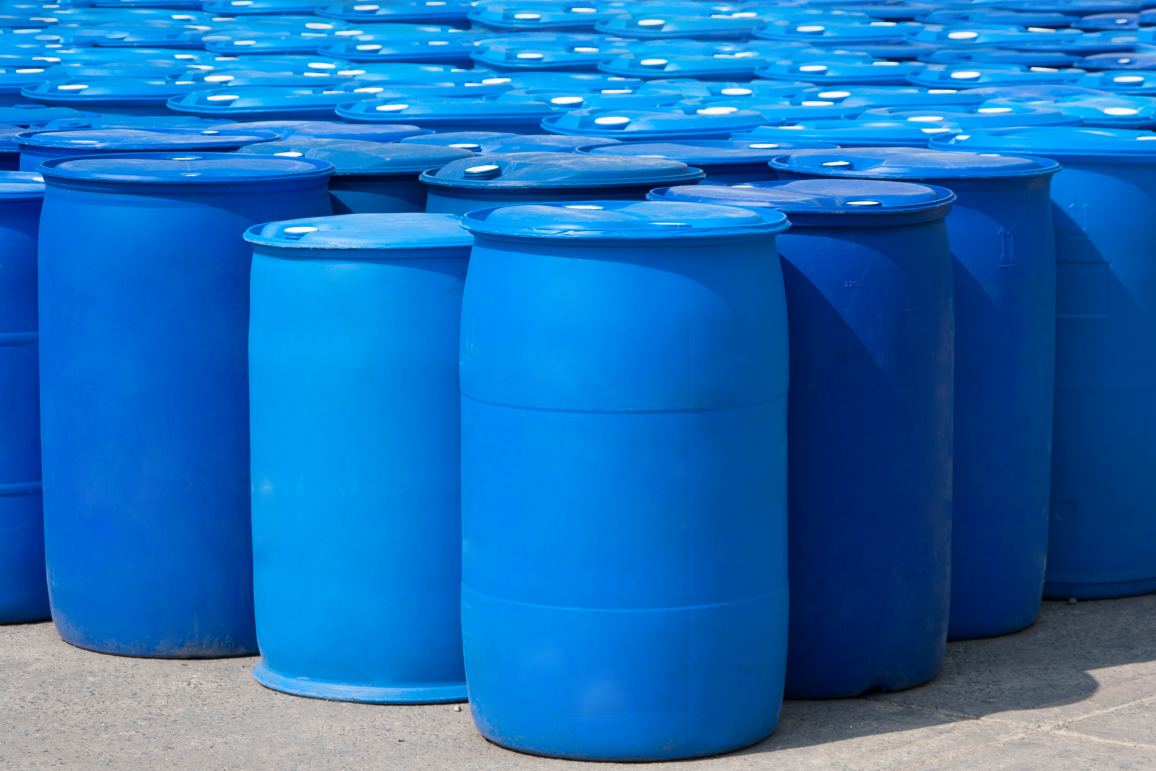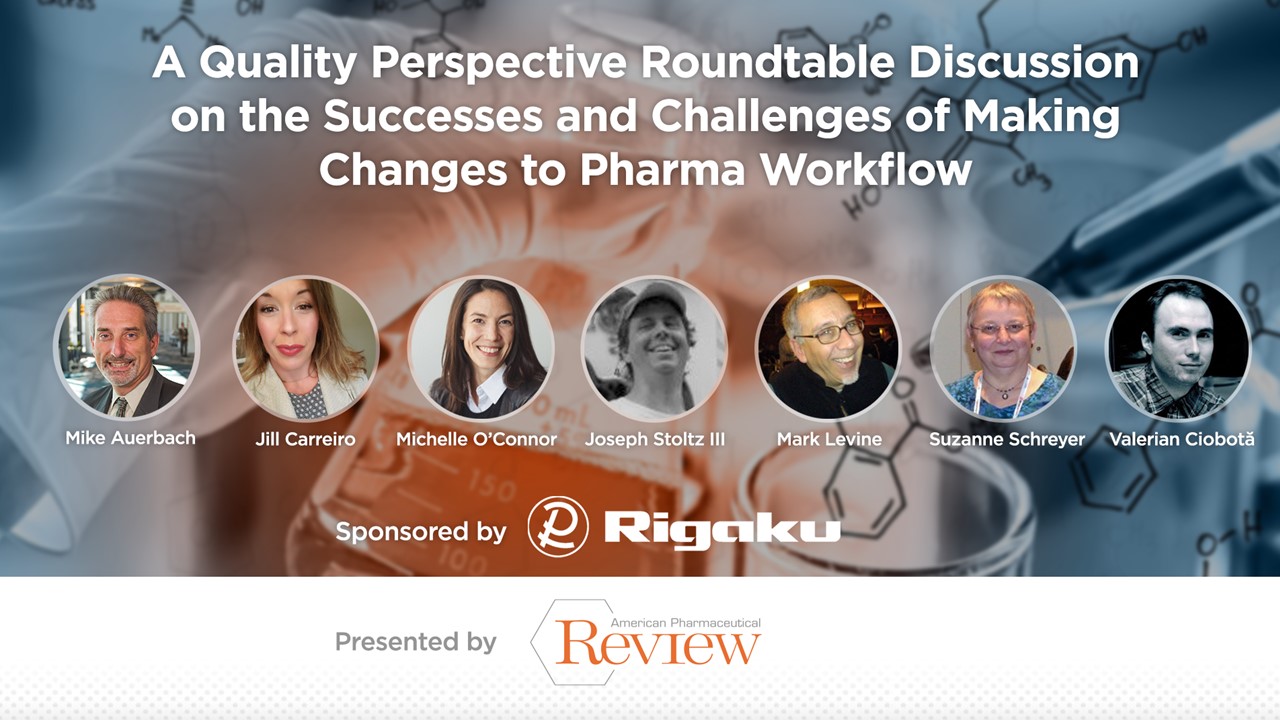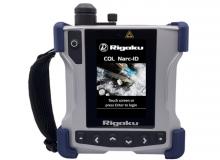
The globalization of the pharmaceutical supply chain and push towards 100% material inspection has led to a significant increase in the demand for cost effective, efficient and regulatory compliant methods for raw material identification and chemical verification. Strict quality assurance and quality control measures are more important than ever to ensuring the safety and efficacy of products before reaching consumers.
Traditional workflows involve sending samples to external laboratories for analysis. However, this can result in additional costs and time delays. By implementing a raw material identification that offers ease of use, a comprehensive range of sampling capabilities and rapid, customizable software at the point of need, a lean manufacturing process can be achieved.
Pharmaceutical manufacturers can now achieve 100% raw material identification, verify chemicals and solvents, as well as authenticate final products quickly and confidently. Using Progeny 1064nm handheld Raman, users can achieve U.S. FDA Good Manufacturing Practices (GMP) and comply with U.S. FDA 21 CFR Part 11. Raman spectroscopy is now recognized by the U.S. Pharmacopoeia and the European Pharmacopeia for raw material identification.

Hear it from Your Peers: A Quality Perspective Virtual Roundtable |
The Progeny 1064 nm handheld Raman spectrometer broadens the analysis range for pharmaceutical, biopharmaceutical, nutraceutical, and cosmetic raw materials; enabling manufacturers to achieve positive material identification outside the lab, inside the lab or anywhere rapid lab-quality analysis is needed.


